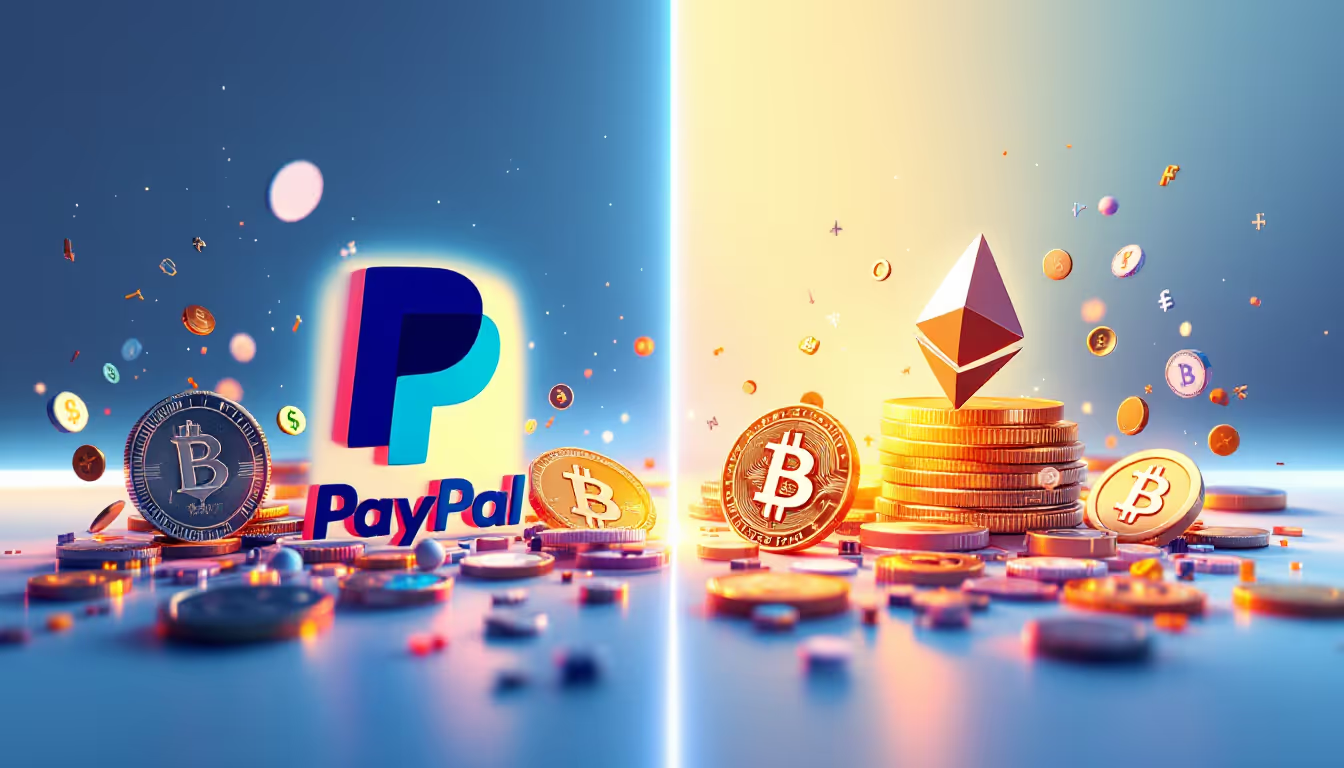When it comes to sending money internationally, the options can seem endless, but most of us know about the big names: PayPal and crypto. However, what you might not know is that there’s a lot more than meets the eye with PayPal, especially in terms of costs. Let’s dig into the details.
The PayPal Price Tag
Sure, using PayPal for international transactions is convenient. But have you seen the fine print? The transaction fees can be a bit of a shocker.
To start with, PayPal usually takes a cut, somewhere around 5% of the total, but it caps that at $4.99. Then, if you're using a credit or debit card to fund the transfer? Add another 2.9% plus some currency-based fixed fee. Who wouldn't want to get hit from multiple angles?
And let’s not forget the “generous” exchange rate they offer, which is often around 4% lower than the market rate. In the end, your recipient might be scratching their head wondering why they got less money than expected.
The Crypto Opportunity
Cryptocurrency has entered the chat, and it might be the key alternative you didn’t know you needed. Lower transaction fees, folks. That's the name of the game. Plus, the exchange rates aren’t hidden behind a curtain of fine print. You see what you get.
And we can’t ignore the added layer of security. It’s a decentralized system, which can mean faster processing times and less chance of playing cat-and-mouse with hidden fees.
Crypto vs. PayPal: The Final Countdown
How to send money through PayPal internationally versus crypto? Honestly, it’s a mixed bag. PayPal is user-friendly and all, but there’s that whole "hidden fees" thing. Crypto is less user-friendly but offers a more cost-effective solution.
If you’re willing to step into the crypto space, then sending money internationally through crypto might just be the way to go. But again, comfort with blockchain and crypto is vital.
Regulatory Hurdles
If PayPal were to go the crypto route, it would have to deal with a whole slew of regulatory implications. You've got your AML and KYC requirements to think about, among other things. It's not as simple as just flipping a switch.
TL;DR
PayPal is easy to use for sending money internationally, but fees can add up quickly. Crypto offers a more transparent and cost-effective alternative, but it may not be for everyone. The best option depends on individual needs and comfort levels.






